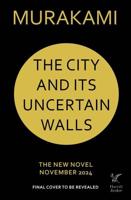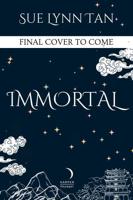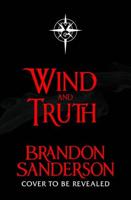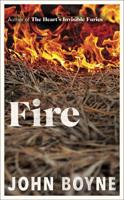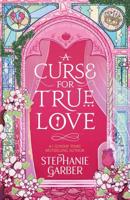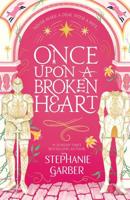Publisher's Synopsis
In the annals of history, there are moments that defy explanation, events that remain shrouded in mystery and continue to intrigue generations long after they have occurred. One such enigma is the Nuremberg Event of April 14, 1561. On that fateful night, the skies above the city of Nuremberg, in what is now Germany, were illuminated with a bewildering spectacle that left witnesses in awe and bewilderment.
As dawn broke on that spring morning, the residents of Nuremberg awoke to a scene unlike any they had ever witnessed. The sky, which normally greeted them with a tranquil expanse, was now a canvas of inexplicable phenomena. According to historical accounts, the sky was filled with strange shapes and eerie lights engaged in a bizarre celestial dance. Witnesses described seeing cylindrical objects, orbs, crosses, and even what appeared to be a battle unfolding among the heavens.
The event was chronicled in a broadsheet, a type of early newspaper, which featured a woodcut illustration capturing the perplexing occurrence. The woodcut depicted the various objects and entities that had allegedly appeared in the sky that night. People and animals were shown gazing upward, seemingly in both awe and terror, as the extraordinary spectacle unfolded above them.
The broadsheet also included a description of the event, recounting how the sky seemed to come alive with a flurry of activity. Witnesses reported seeing the objects emitting smoke and fire, engaged in what appeared to be a fierce conflict. Some of the objects reportedly crashed to the ground, leaving behind scorched and smoldering marks. The account conveyed a sense of otherworldly chaos descending upon the city, invoking a sense of fear and wonder.
In the context of the 16th century, when scientific understanding was limited and cultural beliefs often intertwined with the supernatural, the Nuremberg Event must have been truly mind-boggling. It is no surprise that interpretations of the event varied widely among the populace. Some saw it as a divine omen, a sign of celestial approval or displeasure. Others believed it to be a manifestation of an ongoing cosmic battle between good and evil, a reflection of the religious and ideological tensions of the time.
Modern attempts to explain the Nuremberg Event often delve into the realms of astronomy, meteorology, and even ufology. Skeptics propose that it might have been an unusual atmospheric phenomenon, such as a meteor shower or a particularly vivid aurora borealis. Others speculate that it could have been an early instance of mass hysteria, where group psychology played a role in shaping perceptions.
Despite these efforts, the Nuremberg Event remains a historical enigma, a tantalizing glimpse into a moment that defies easy categorization. It serves as a reminder that, even in an age of advanced scientific knowledge, there are still events from our past that challenge our understanding of the universe. The woodcut illustration from the broadsheet continues to capture the imagination, an enduring testament to a night when the heavens themselves seemed to open up and reveal their secrets, if only for a fleeting moment.

